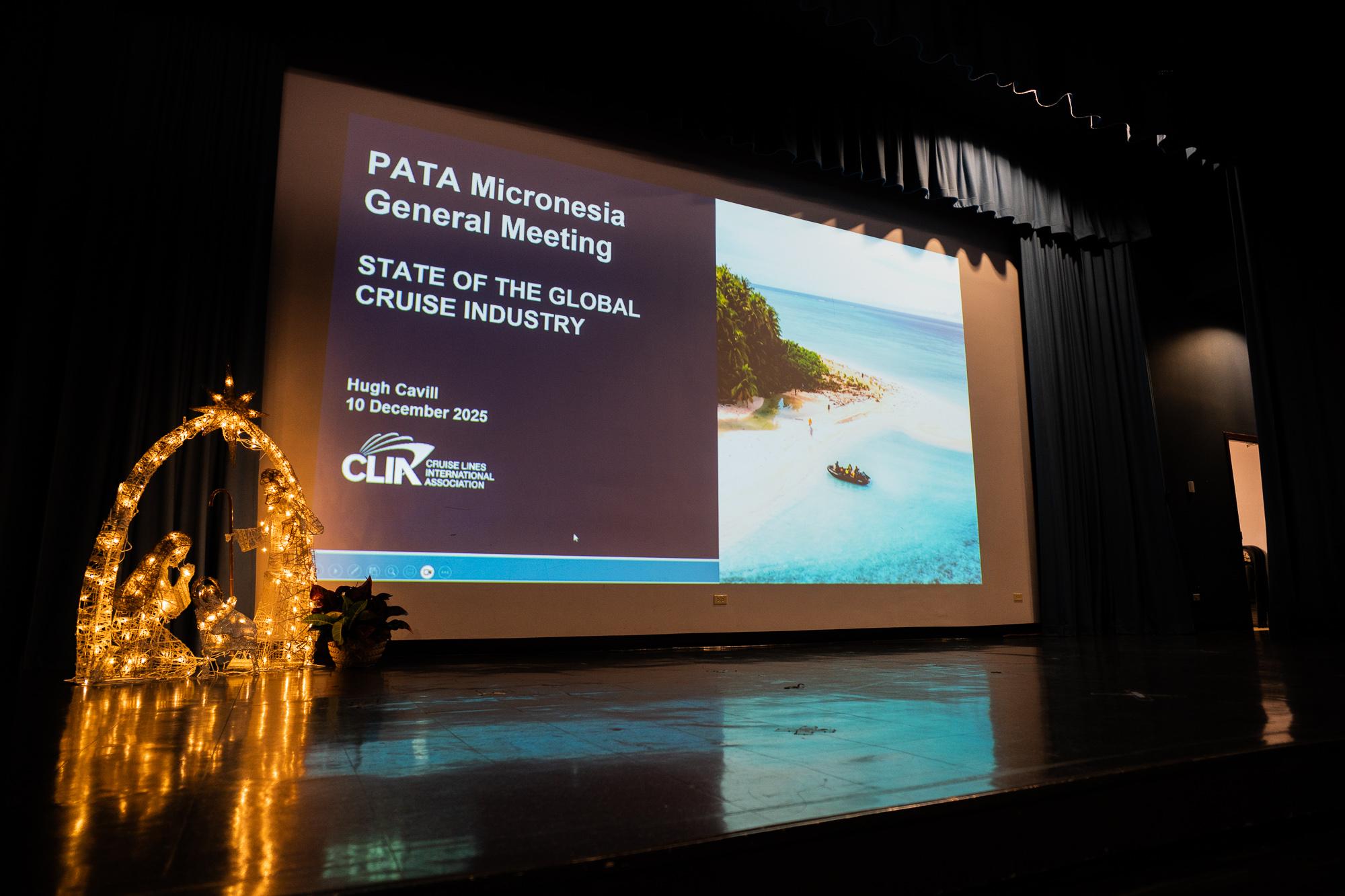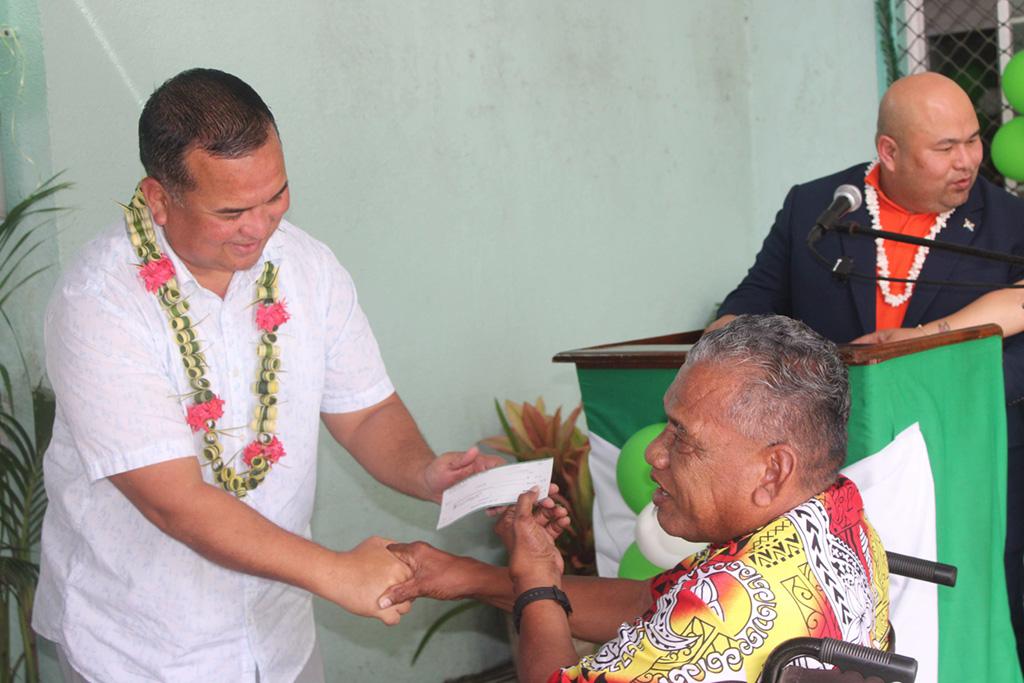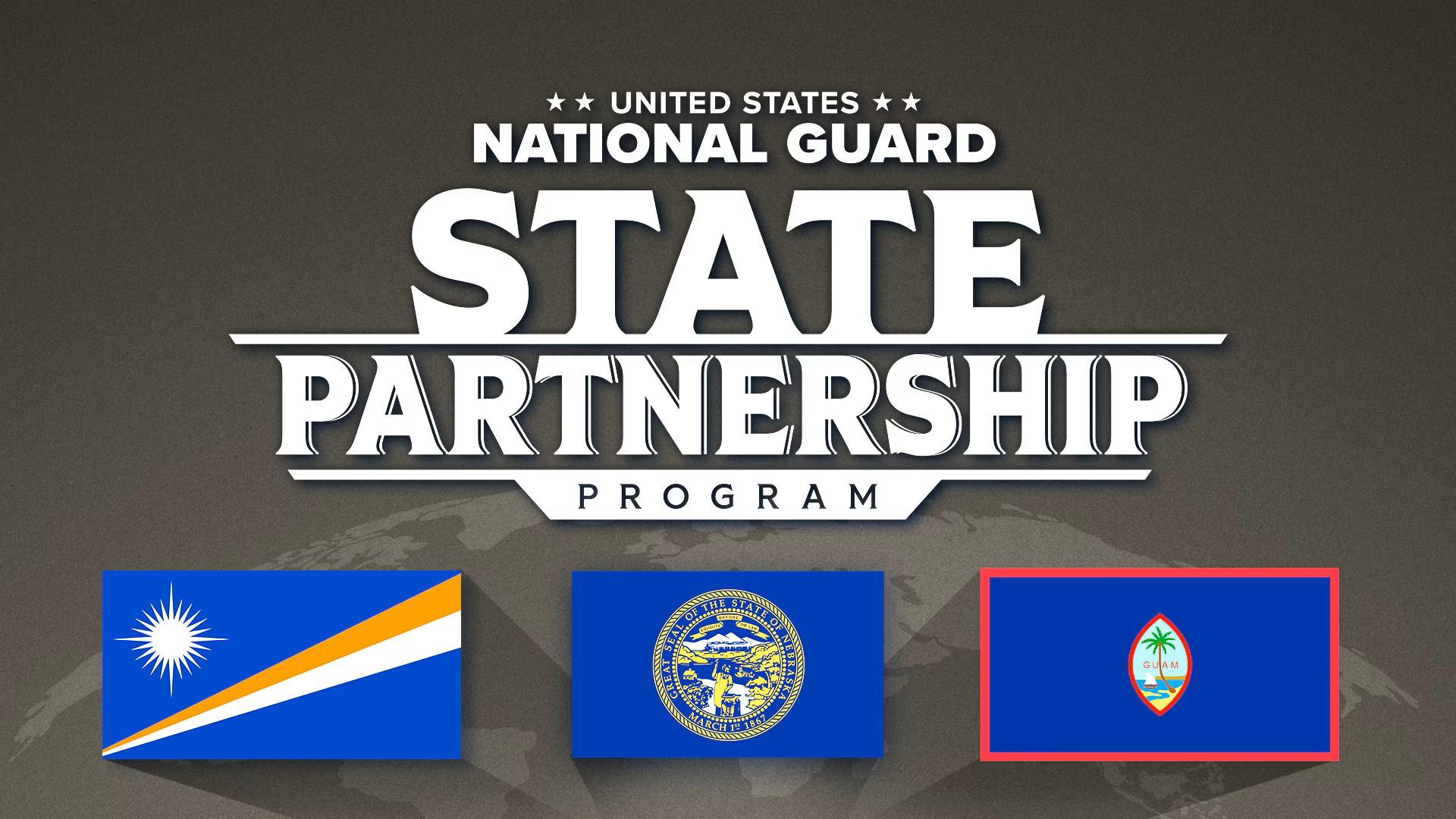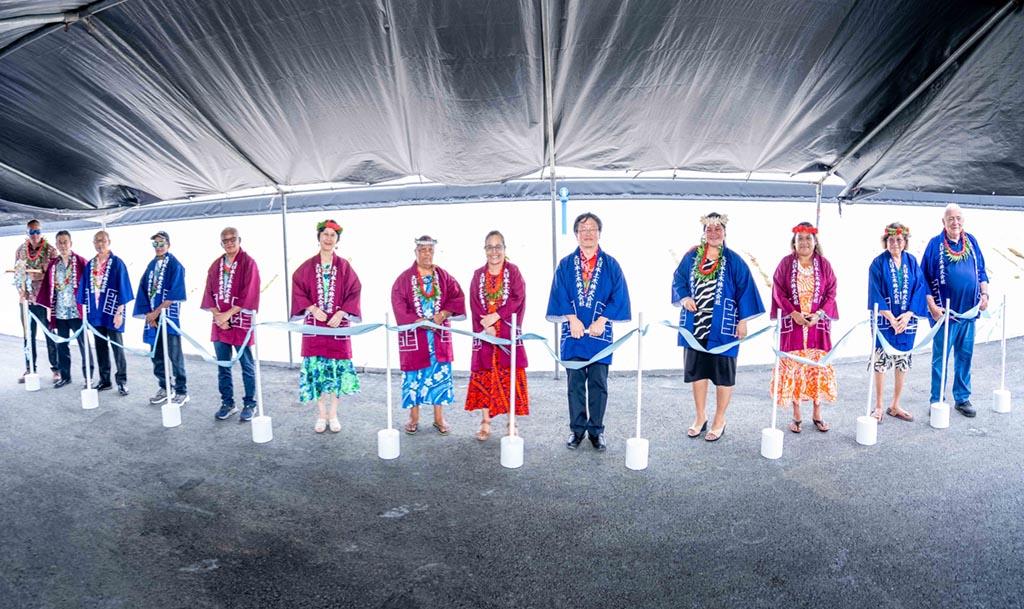BY GIFF JOHNSON
Marshall Islands Correspondent
MAJURO, Marshall Islands — Businesses in Majuro were battered during the first two weeks of the country’s first-ever COVID-19 outbreak in mid-August, with multiple private sector companies reducing hours or temporarily closing because of the high rate among employees. But the surge in positive cases, while explosive, was short-lived, and by Aug. 22 — the start of the third week of the outbreak — most business operations had regularized.
Dr. Richard Brostrom, the U.S. Centers for Disease Control Field Medical Officer, who joined a medical surge support team to assist the Ministry of Health and Human Services during the outbreak, said the country saw a five-day surge in cases, a further five days at the peak number, and then a dramatic drop in the number of cases. Brostrom has been engaged in the response to COVID-19 in all U.S.-affiliated islands, including most recently in Pohnpei and Kosrae.
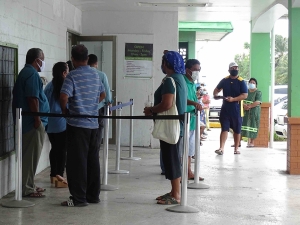
Bank of Guam opened full hours in week three of the COVID-19 outbreak, but saw long lines.
Photo by Hilary Hosia
Omicron BA.5 was COVID-19 on steroids. In two weeks, more than 13,000 people were confirmed positive — 30% of the total estimated population of 42,000. But despite more than 200 of its staff testing positive in the first week of the outbreak, the readiness of the health ministry was called “unprecedented” by Brostrom.
He praised the quick set up of alternative care sites in the community that provided services to thousands of residents. The widespread use of PaxLovid has also reduced hospital admissions and deaths.
A total of 16 people died through Aug. 28, but most of those were dead on arrival at Majuro or Ebeye hospitals and did not seek or receive medical attention. Because of the DOAs, health authorities added mobile teams that went house-to-house to test and treat residents in Majuro and Ebeye. The virus also spread to at least nine of the remote outer islands and the ministry dispatched medical teams to each island to provide services.
After experiencing closure for two days, reduced hours and long lines of customers during the week of Aug. 15, Bank of Guam returned to regular hours of service from Aug. 22 as its staff returned to work. “We have full staff,” Bank of Guam Branch Manager Matthew Cruz said as bank operations normalized.
The first two weeks after the outbreak was confirmed Aug. 8, many businesses were operating on skeleton crews. At Formosa Supermarket’s main store all its cashiers were out due to COVID-19, so managers handled those duties.
At Micronitor News and Printing Co., almost three quarters of workers were out of action the week of Aug. 22, while the newspaper fielded two of a normal staff of seven on its production day during the outbreak’s second week. The following day, not a single Marshall Islands Journal worker was left to staff the office.
All gas stations closed earlier than usual several days during the second week for lack of workers.
The staff shortage was so acute at the Majuro hospital that Health Secretary Jack Niedenthal issued a memo a week into the outbreak, reducing sick leave from five to two days for workers sick from COVID-19, and said those with mild symptoms would be put back on jobs appropriate to their condition. Niedenthal said he’d caught some flack on social media for this decision, but said that without healthcare workers there would be no healthcare.
The Post Office shut its two satellite offices in Majuro when most of its staff were also out.
At EZ Price Mart, Manager Liz Rodick said during the second week of the outbreak, “We estimate that half, or maybe less, of our employees are coming to work.”
But by Aug. 22, a sharp drop in positive cases was obvious. Even with community alternative care sites open regular hours, numbers dropped from nearly a 1,000 per day into the low hundreds. By Aug. 26, the numbers were in the low double digits per day. On Aug. 28, the ministry announced it would close many community sites and was going to review the initial decision to close schools for two months, to get students back to class in early September.
The largest retail supermarket, K&K Island Pride, managed to maintain nearly regular services throughout the first weeks of the outbreak. “The last two weeks were a little bit of a challenge due to some of our employees coming down with positive results,” said General Manager Eli Maravilla. “We ran our fast-food department on a short shift due to health cardholders being sick.”
After two weeks, things have calmed from an employee perspective. “This week everyone has returned, and we are again more or less up to speed,” he said.
“We had some issues with customers waiting, standing in long lines. We just want to make sure everyone is safe, so we maintain our protocol (for social distancing).” mbj
















